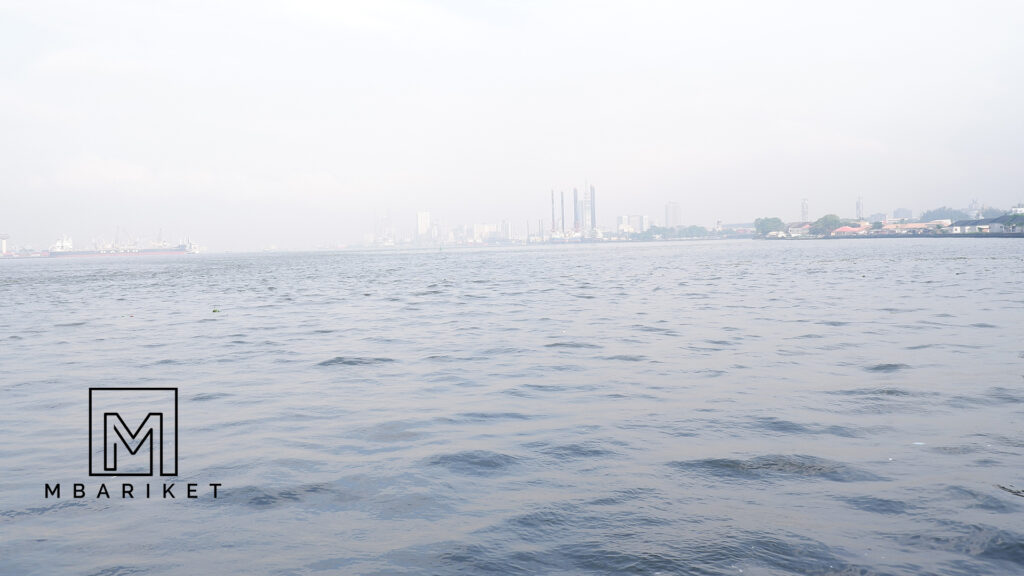
The global aquaculture market has been growing at a remarkable pace in recent years, driven by a combination of factors such as increasing demand for seafood and declining wild fish stocks. This growth has made aquaculture one of the most promising industries in the world, providing food security, employment opportunities, and economic benefits for many communities.
According to recent reports, the global aquaculture market was valued at around $200 billion in 2020 and is expected to grow at a compound annual growth rate of 5% between 2021 and 2026. The market is being driven by a number of key trends, including rising demand for seafood, declining wild fish stocks, and growing concerns about the environmental impact of traditional fishing practices.
Asia is the largest market for aquaculture, with China, India, and Vietnam together accounting for over 60% of global production. Other major markets include Europe, North America, and Latin America. Within these regions, there are a number of countries with significant aquaculture industries, including Norway, Chile, and the United States.
The most commonly farmed species in the global aquaculture market include salmon, tilapia, shrimp, and carp. Farmed shrimp and salmon account for the largest share of the market, with demand driven by their popularity as a source of protein and omega-3 fatty acids. Other species that are farmed on a smaller scale include crayfish, catfish, mussels, oysters, and clams.
One of the key challenges faced by the global aquaculture market is disease outbreaks, which can cause significant financial losses for farmers and reduce the quality of farmed seafood. Environmental concerns, such as the release of waste products and the spread of non-native species, are also a major challenge. Supply chain disruptions, such as transportation disruptions or disruptions in the availability of feed, can also impact the industry.
However, advances in technology and best practices are helping to mitigate these challenges and drive growth in the market. For example, land-based recirculating aquaculture systems (RAS) are becoming more common, allowing farmers to grow seafood in a controlled environment that reduces the risk of disease and environmental impacts. In addition, improved feed formulations and feed management practices are helping to reduce waste and improve the sustainability of the industry.
In conclusion, the global aquaculture market is a dynamic and growing industry, driven by increasing demand for seafood and declining wild fish stocks. With continued advancements in technology and best practices, the industry is poised for continued growth and success in the coming years. As the demand for seafood continues to rise, aquaculture is likely to play a critical role in meeting the world’s needs for a sustainable and reliable source of protein.
